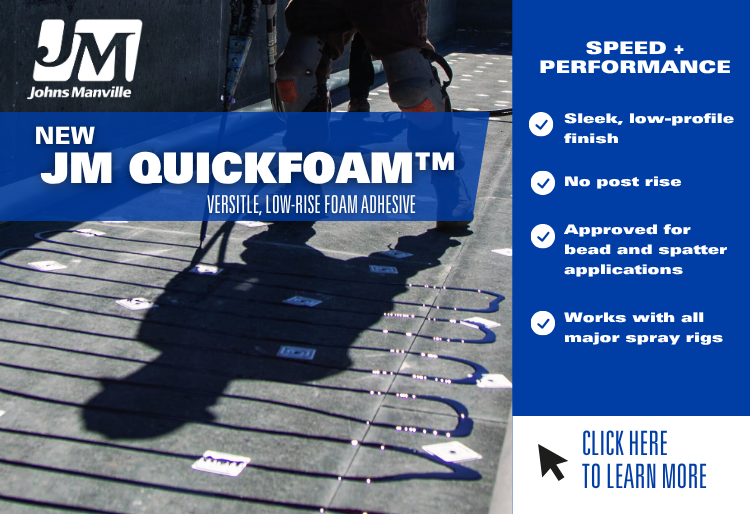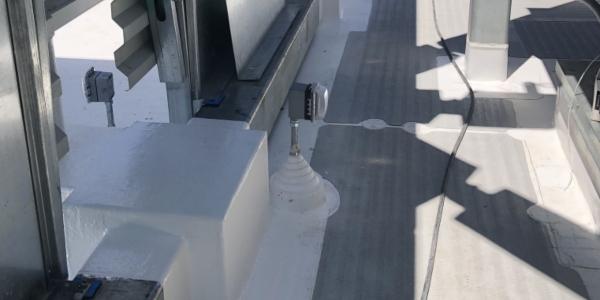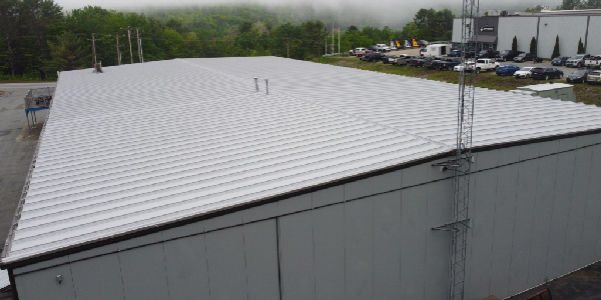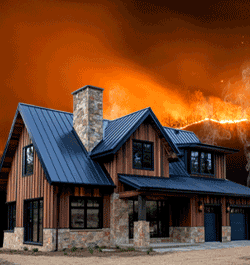The essential guide to residential roof penetrations
April 23, 2025 at 9:00 a.m.By Jesse Sanchez.
Learn how to protect homes from leaks and damage by understanding the different types of roof penetrations and when to use pipe collars versus flashing.
When it comes to protecting homes from water damage, understanding different types of roof penetrations and the proper materials to safeguard them is key. From vents and chimneys to solar panels and satellite dishes, these penetrations must be installed and maintained correctly to avoid leaks and structural damage. Properly sealing these penetrations with flashing or pipe collars, like those from Wil-Mar Product Inc, is crucial to ensure long-lasting protection and prevent water infiltration.
Types of roof penetrations: Understanding the basics
Every residential roof features penetrations, each serving a distinct function. The most common types include:
1 – Vents: These allow air and moisture to escape, keeping attics and homes well-ventilated. Types range from turbine vents, which actively spin to expel air, to ridge vents that blend into the roofline, offering continuous airflow. As noted by Bill Ragan Roofing, proper attic ventilation prevents moisture damage, reduces energy costs and extends the life of your roof.
2 – Plumbing stacks: Also called vent stacks, these pipes release gases from the plumbing system and prevent pressure buildup. They are crucial for maintaining proper drainage and should be sealed with appropriate pipe collars. According to Brava Roof Tile, ensuring proper ventilation through penetrations like plumbing stacks helps protect homes from heat and moisture buildup. Brava states that proper sealing with pipe collars also prevents leaks, safeguarding the roof and interior structures from water damage.
3 – Chimneys: A substantial roof penetration, chimneys vent smoke and gases from fireplaces. Protecting a chimney from leaks requires flashing and, if it’s large, a cricket or saddle to divert water away. As detailed in A. Fricker Roofing’s guide, properly installed flashing and crickets are essential to prevent water infiltration and protect the chimney’s long-term integrity.
4 – Skylights: Skylights bring natural light into a home and can be fixed or vented. Installation requires flashing kits to prevent water from seeping into the roof.
5 – Solar panels: Becoming increasingly popular, solar panels require penetrations to secure them to the roof. They must be installed with the right flashing and structural considerations to handle weight and avoid leaks.
6 – Satellite dishes and antennas: While less common today, these still punctuate many roofs. Unused units should be removed and the area resealed to prevent future water damage.
Pipe collars versus flashing: When to use
Understanding the differences between pipe collars and flashing — and knowing when to use each — can save time, reduce maintenance efforts and prevent costly repairs. These two types of roofing materials serve distinct purposes in waterproofing and selecting the right one is critical to protecting your roof.
Pipe collars
Pipe collars are specialized components designed to seal the area around small, cylindrical penetrations in a roof, such as plumbing stacks or vent pipes. Typically made from durable materials like rubber, silicone or metal, they fit snugly around pipes to create a watertight barrier. This prevents water from seeping through gaps and causing damage to the roof deck or interior spaces.
Primary use: Pipe collars are ideal for sealing smaller penetrations where pipes or vents exit the roof.
Material options: Rubber and silicone versions are common for flexibility, while metal collars offer extra durability in extreme weather.
Ease of installation: Pipe collars are designed for quick, straightforward installation and replacement.
Wil-Mar Pipe Collars:
Wil-Mar pipe collars are engineered for superior weather resistance and long-lasting performance. They feature durable rubber or neoprene components that maintain flexibility over time, ensuring a tight seal even with temperature fluctuations or pipe movement. Wil-Mar’s collars are easy to install and replace, making them a trusted choice for contractors aiming to minimize leaks around vent pipes.
Flashing
Flashing is a versatile waterproofing material used for larger and more complex roof penetrations or intersections. It is typically made from metal, such as aluminum, copper or galvanized steel and is designed to redirect water away from vulnerable areas on the roof.
Primary use: Flashing is essential for larger openings or areas where the roof meets vertical structures, such as chimneys, skylights or dormers.
Types of flashing: Common types include step flashing (for walls and chimneys), valley flashing (for roof valleys) and continuous flashing (for long, uninterrupted roof lines).
Customizability: Flashing often requires cutting, bending and shaping to ensure proper installation around irregular shapes and larger openings.
When to use each
Pipe collars are best for straightforward, circular penetrations, like vent stacks or plumbing pipes. The collar provides a snug fit around the pipe, but it’s important to check for wear regularly, as the rubber can degrade over time.
Flashing is required when dealing with more complex penetrations. Around chimneys, for instance, step flashing is used along the sides and counter flashing is embedded into the mortar joints to prevent leaks. Skylights come with pre-designed flashing kits that must be carefully installed.
Try a Wil-Mar pipe collar today and see the difference it makes in protecting your roof!
Learn more about Wil-Mar Products, Inc. in their Coffee Shop Directory or visit www.wilmarproducts.com.

About Jesse
Jesse is a writer for The Coffee Shops. When he is not writing and learning about the roofing industry, he can be found powerlifting, playing saxophone or reading a good book.






















Comments
Leave a Reply
Have an account? Login to leave a comment!
Sign In